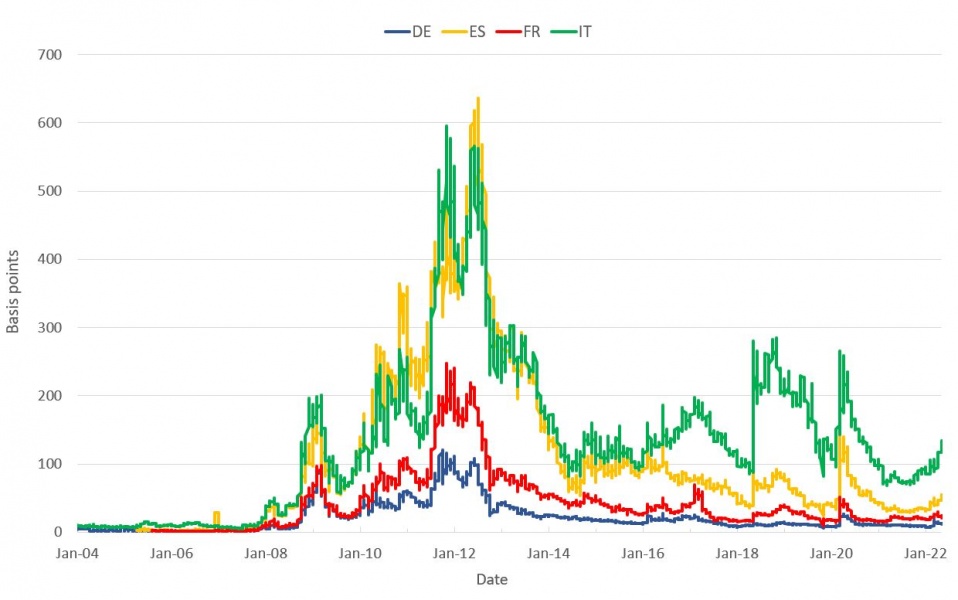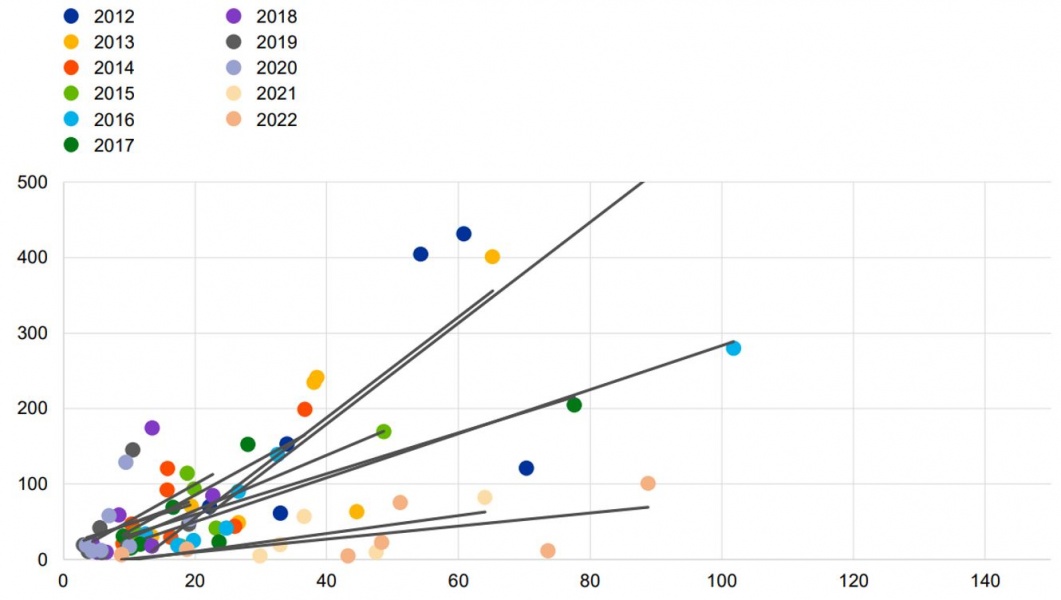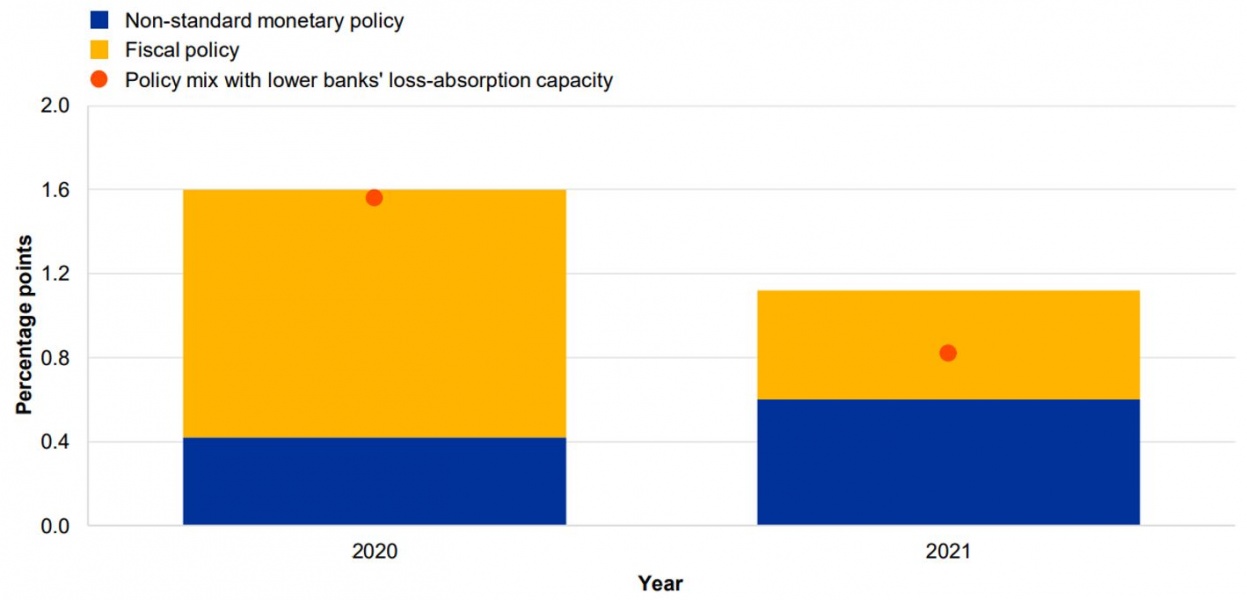References
Altavilla, C., Boucinha, M., Peydró, J.L. and Smets, F. (2020), “Banking supervision, monetary policy and risk-taking: big data evidence from 15 credit registers”, Working Paper Series, No 2349, European Central Bank, Frankfurt am Main, February.
Ampudia, M., Beck, T., Beyer, A., Colliard, J.-E., Leonello, A., Maddaloni, A. and Marques Ibanez, D. (2019), “The architecture of supervision”, ECB Working Paper Series, No 2287.
Darracq Pariès, M., Kok, C., Rodriguez Palenzuela, D. (2011), “Macroeconomic propagation under different regulatory regimes: Evidence from a DSGE model for the euro area”, International Journal of Central Banking, Vol. 7, No 4, pp. 49-113.
Darracq Pariès, M., Kok, C. and Rancoita, E. (2020), “Macroeconomic impact of financial policy measures and synergies with other policies”, Financial Stability Review, European Central Bank, May.
European Central Bank (2022), “Supervisors’ reaction to the war in Ukraine”, ECB Supervision Newsletter.
Haselmann, R., Singla, S. and Vig, V. (2022), “Supranational Supervision”, working paper.
Hobelsberger, K., Kok, C., and Mongelli, F.P. (2022a), „A tale of three crises: synergies between ECB tasks”, ECB Occasional Paper No. 305.
Hobelsberger, K., Kok, C., and Mongelli, F.P. (2022b), „Is this time different?: synergies between ECB tasks”, in Central Banks and Supervisory Architecture: Lessons from Crises in the 21st Century (eds. Holzmann, R. and Restoy, F.), Edward Elgar Publishing.
Hoffmann, P., Kremer, M. and Zaharia. S. (2019), “Financial integration in Europe through the lens of composite indicators”, ECB Working Paper Series, No 2319.
Kok, C., Muller, C., Ongena, S. and Pancaro, C. (2021), “The disciplining effects of supervisory scrutiny in the EU-wide stress tests”, ECB Working Paper Series No 2551.
Kremer, M., Lo Duca, M. and Holló, D. (2012), “CISS – a composite indicator of systemic stress in the financial system”, ECB Working Paper Series, No 1426.
Maddaloni, A. and Scopelliti, A.D. (2019), “Rules and Discretion(s) in Prudential Regulation and Supervision: Evidence from EU Banks in the Run-Up to the Crisis”, ECB Working Paper Series, No 2284.









